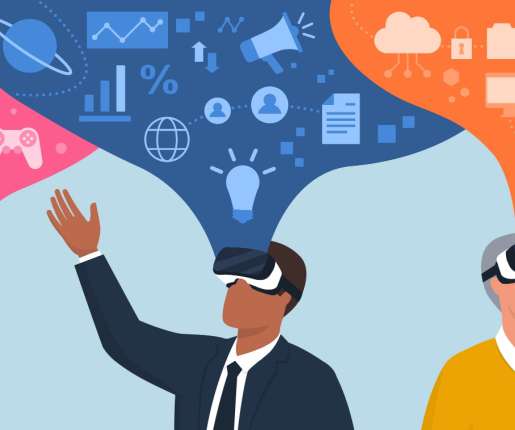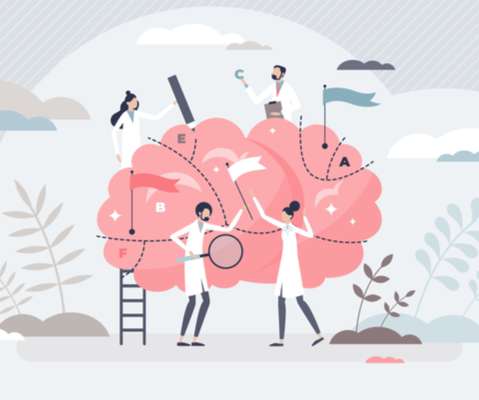4 Benefits of AI for Learners… and Teachers
KnowledgeOne
APRIL 3, 2024
Indeed, it has been found that the latter leads to the greatest activation of the striatum, the small nerve structure below the cortex that forms an integral part of the brain’s reward system, releasing dopamine in particular (DePasque and Tricomi, 2014).

























Let's personalize your content